There’s a lot of business in importing baby clothes, which is a huge global trade area itself, and the Chinese market is a big one.
This market can present itself with many suppliers and high demand, so balancing it out is a matter of good planning and insight.
Transferring inventory will make your head spin, especially for first-time importers, but if you take the right approach and prepare, it’s significantly easier to accomplish.
We’ve updated this guide to show you how to source and import baby clothes from China step by step in 2025.
What are the Different Types of Baby Clothes in China?
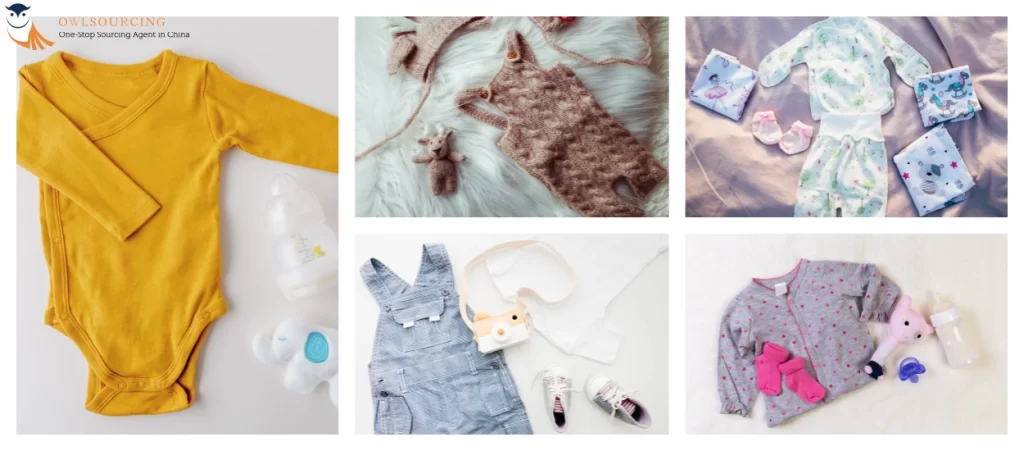
When you are sourcing baby clothes from China, you have to understand what types of clothes are in demand.
This guarantees that catering to these popular categories will help you sell effectively and boost your sales potential. Below, we explore the trending types of baby clothing for 2025:
|
Category |
Type of Clothing |
Features |
Popular Styles |
|
Everyday Wear |
Bodysuits (Onesies) |
Snap closures, breathable fabrics, short or long sleeves |
Organic cotton bodysuits, printed patterns |
|
Rompers |
One-piece design, available with or without sleeves, footed options |
Animal prints, pastel shades |
|
|
T-Shirts and Tops |
Lightweight, stretchable necklines |
Plain and printed styles |
|
|
Sleepwear |
Pyjamas |
Soft materials (bamboo/cotton), footed or two-piece options, flame-retardant |
Whimsical prints |
|
Sleep Sacks and Gowns |
Cosy alternatives to blankets, easy diaper access |
Zippers or snap closures |
|
|
Outerwear |
Hoodies and Jackets |
Lightweight, hooded for extra warmth |
Playful designs (e.g., animal ears) |
|
Coats and Snowsuits |
Insulated, waterproof, detachable hoods |
Heavy-duty winter options |
|
|
Formal Wear |
Dresses for Girls |
Lace, frills, decorative elements |
Birthday Dresses |
|
Suits for Boys |
Mini tuxedos or vests, comfortable materials |
Adjustable sizes |
|
|
Seasonal Wear |
Summer Clothes |
Lightweight outfits, breathable fabrics, UV-protective materials |
Sleeveless tops, airy dresses |
|
Winter Clothes |
Thermal layers, fleece-lined outfits |
Sweaters, thick leggings |
|
|
Accessories |
Hats |
Sun protection or added warmth |
Beanies, bucket hats, sun hats with straps |
|
Socks and Booties |
Keep feet warm, non-slip grips for toddlers |
Themed socks, baby booties |
|
|
Mittens |
Prevent scratching, soft materials |
Cotton or wool mittens |
|
|
Bibs and Burp Cloths |
Protect clothing from drool and spills, waterproof backing |
Easy-to-clean options |
|
|
Functional Wear |
Swaddles |
Stretchable fabrics, Velcro or zipper closures |
Organic cotton swaddles |
|
Diaper Covers |
Waterproof materials, adjustable snaps |
Stylish prints |
Tip: China Baby Clothes Size Chart
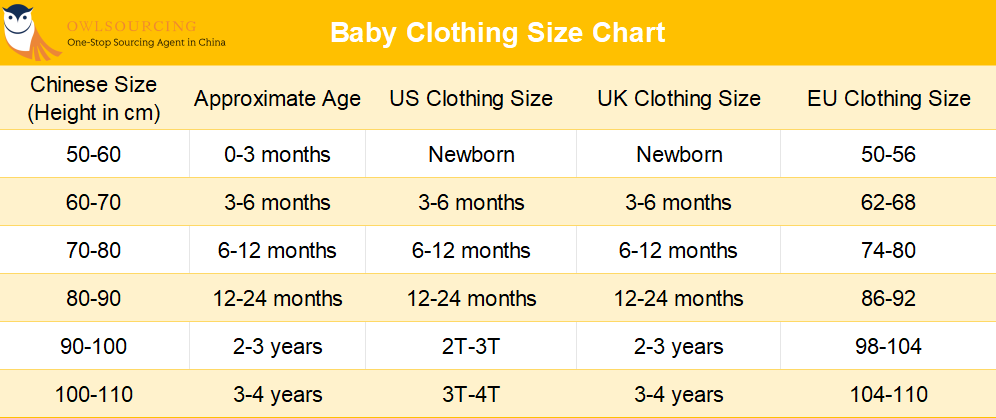
Why Import Baby Clothes from China?
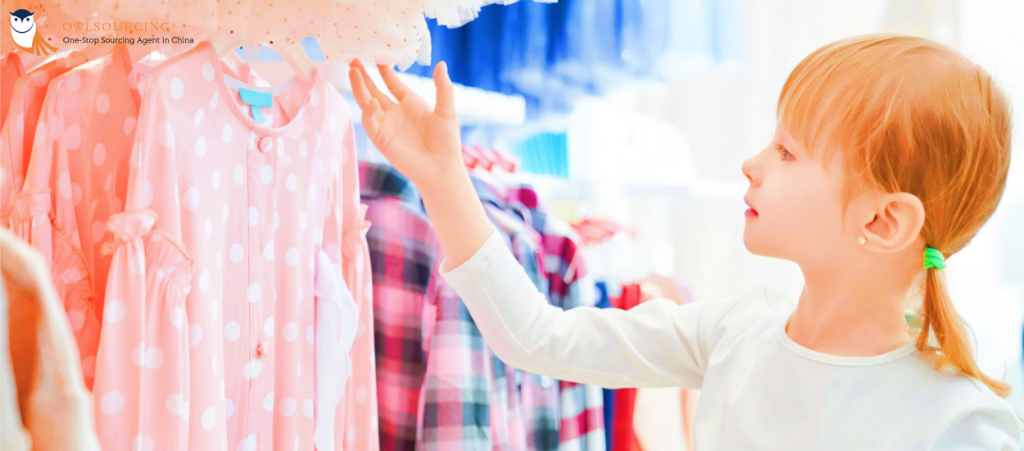
The global market has several options for sourcing baby clothes. However, China stands out as a preferred destination for several compelling reasons:
A. Quality and Affordability
The unique thing about China is that it has good quality products and low prices, hence it is the perfect place for an entrepreneur who wants to maximize profit margins.
However, new importers must seek a third-party quality inspection in China. Or at least verify the China vendor before placing a final order.
B. Diverse Selection
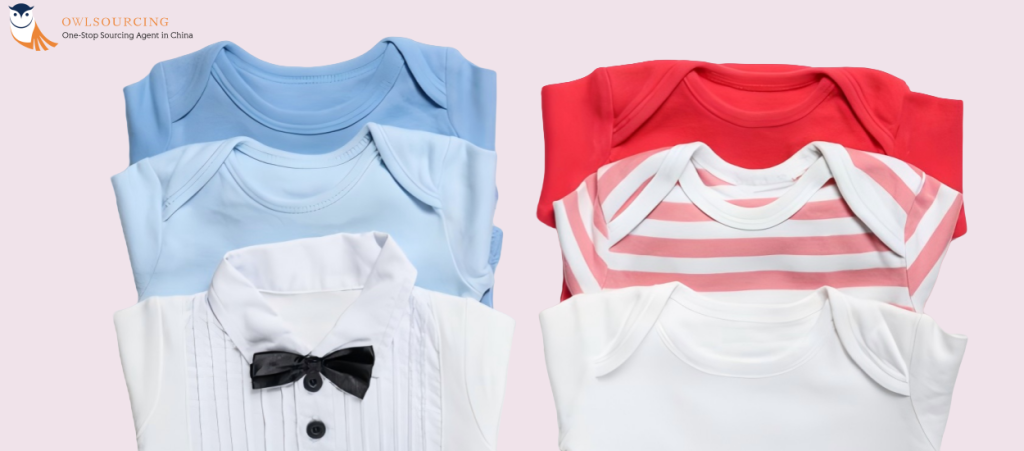
It’s a market with an unbelievable variety of baby clothes, suitable to meet various customer tastes and to grow your catalog.
The choice varies from minimalist, organic for babies, to luxury, high-end fashion for babies.
However, you can only do so if you find a manufacturer in China.
How to Find Reliable Baby Clothes Suppliers in China
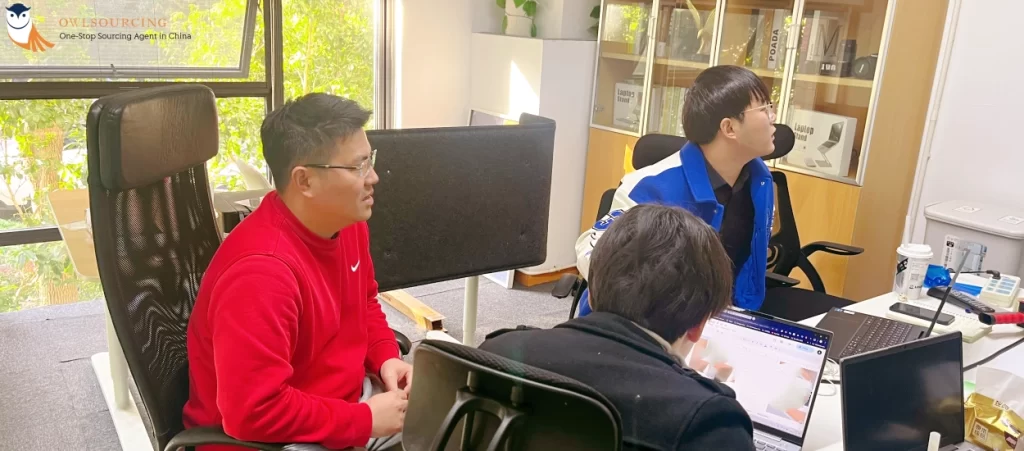
To streamline your sourcing process, follow these steps:
1. Find Your Target Market
Before diving into China’s massive baby clothing market, you need to know about your potential customers. Your strategy for sourcing will be tailored based on their needs and what they want.
Bob’s Insight:
I believe that finding good and affordable baby clothes made in China is indeed possible, but it requires careful research and consideration.
It’s essential to prioritize both quality and safety when shopping for baby clothing. Look for reputable brands and manufacturers that adhere to strict quality standards and safety regulations.
Additionally, reading reviews and seeking recommendations from other parents can be valuable in identifying reliable sources.
While affordability is important, it should not come at the expense of the baby’s comfort and safety.
Always inspect the clothing for any potential hazards, such as loose buttons or strings, and choose options made from soft, breathable materials to ensure your baby’s comfort.
Ultimately, striking the right balance between quality and affordability is key when searching for baby clothes, regardless of their country of origin.
OwlSourcing Service Manager —Bob
2- China’s Major Baby Clothing Markets
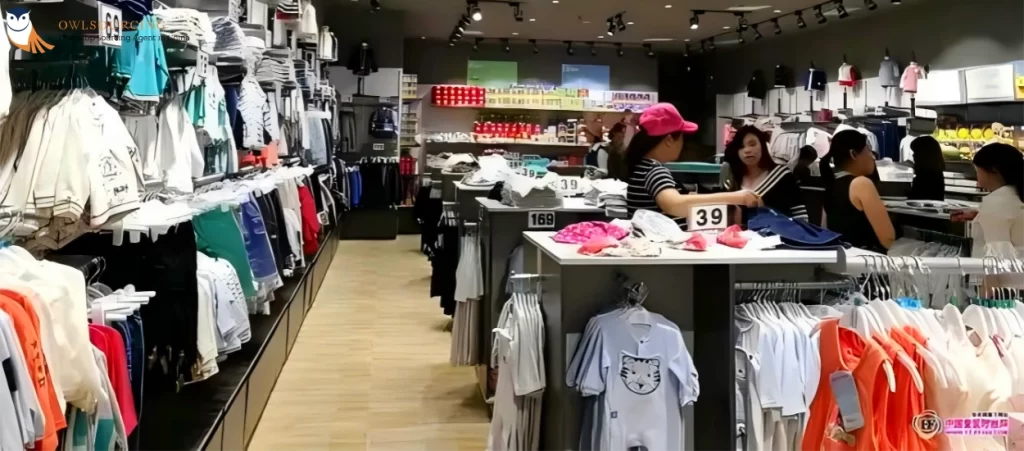
There are plenty of massive outlets and the best wholesale markets for baby clothes in China. That means each market has its own specialities, making it easier to find the right product for your target market.
|
Market Name |
Location |
Description |
|
Guangzhou Baima Market |
High-end baby clothes with trendy designs are ideal for sourcing premium, fashionable baby clothing. |
|
|
Zhejiang Yiwu Market |
Affordable and diverse options, including accessories and small items |
|
|
Shenzhen SEG Market |
Shenzhen |
Eco-friendly and sustainable baby clothing |
|
Changshu Clothing City |
Suzhou |
Bulk production of affordable baby clothes |
|
Keqiao Textile Market |
Shaoxing |
High-quality fabrics and raw materials |
“The baby clothing market size is forecast to increase by USD 33.8 billion at a CAGR of 8.07% between 2023 and 2028.
The market is experiencing significant growth due to the rising awareness among parents regarding the safety and comfort of their infants.”
——Technavio
3- Import baby clothes from China online
Best Baby Clothes Manufacturers in China
When you try to source quality baby clothes from China, you need to work with the best manufacturers who are famous for producing quality (following international standards) and trustworthy products. Here are some baby clothes manufacturers in China:
1- Hongyu Apparel

- Address: Dongguan, Guangdong, China
Besides being founded in 2003, Hongyu Apparel offers full chain solutions, from fabric sourcing to final delivery. They are in the business of small and large batch productions, children’s clothing, and men’s apparel.
2- TPC Textile
- Address: Nanjing & Ningbo, China
In 1992, the Nanjing-based TPC Textile was formed as a factory, today gaining a renowned reputation for producing quality children’s clothing made from sustainable and ethical practices.
3- Guangzhou Gaoteng Garment Co., Ltd.
- Address: Guangzhou, China
Through over 20 years of ODM and OEM production experience, this company has the ability to produce multi-category baby clothes and high-end fashion.
4- Zhili Diren Textile Co., Ltd.
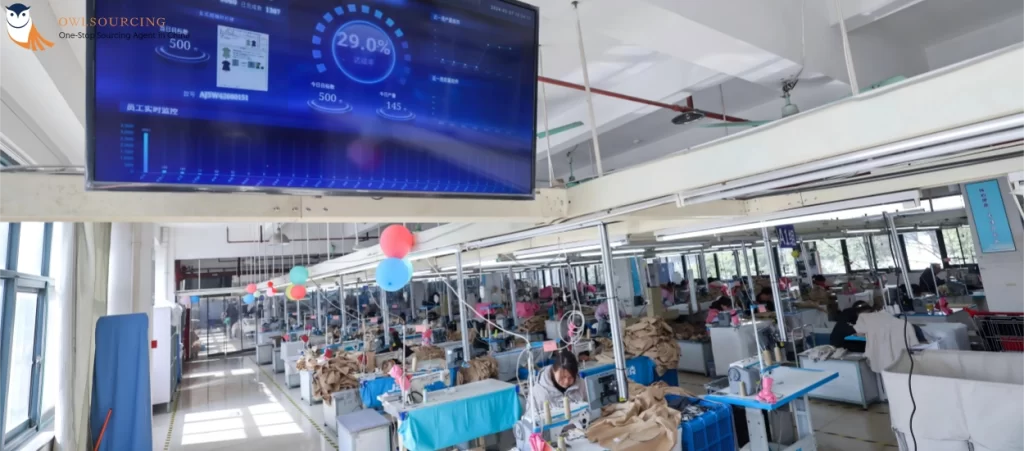
- Address: Huzhou, China
Founded in China’s largest base of children’s clothing production in 2001, this company was started. Baby clothes, curtains, towels and yoga mats, all manufactured using a complete production line and their own research and development department.
5- Shijun
- Address: Jinhua, Zhejiang, China
Shijun is into manufacturing baby garments, girls’ dresses, baby clothing for 0 to 12 years old and has its own design team to produce 10 to 20 new designs per month.
Recommended Reading:
- How to Verify Chinese Supplier’s Legitimacy?
- How Can You Verify Chinese Factories and Vendors?
- How to Find Trusted Suppliers in China?
- How to Negotiate with Chinese Suppliers?
Essential Certifications and Safety Standards for Baby Clothes
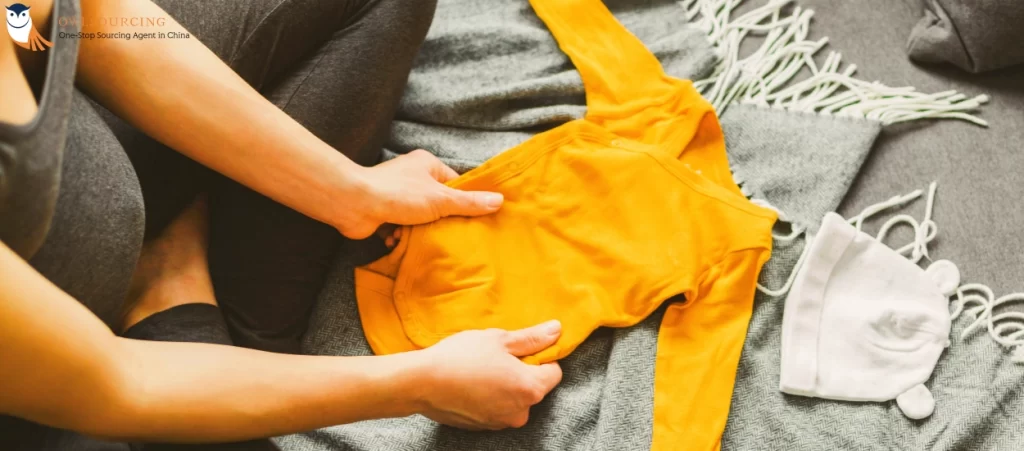
Here is a comprehensive guide on essential certifications and safety standards for baby clothes to ensure compliance and quality when importing or selling these products:
1. Consumer Product Safety Improvement Act (CPSIA) – US
CPSIA is a U.S. federal law designed to ensure the safety of children’s products, including infant clothing. It establishes limits on lead content, phthalates (commonly known as plasticizers), and flammability. It also needs proper labeling and tracking.
Specific Categories:
- All baby clothes are intended for children under 12 years old.
- Sleepwear and items with plastic components (e.g., buttons, zippers).
Key Requirements:
- Lead content: Accessible parts with less than 100 ppm.
- Phthalates: Forbidden at concentrations of more than 0.1% in all products containing at least one plastic component.
- Tracking label: Must contain information about the manufacturer, date of production, and batch number.
2. Flammable Fabrics Act (FFA) – US
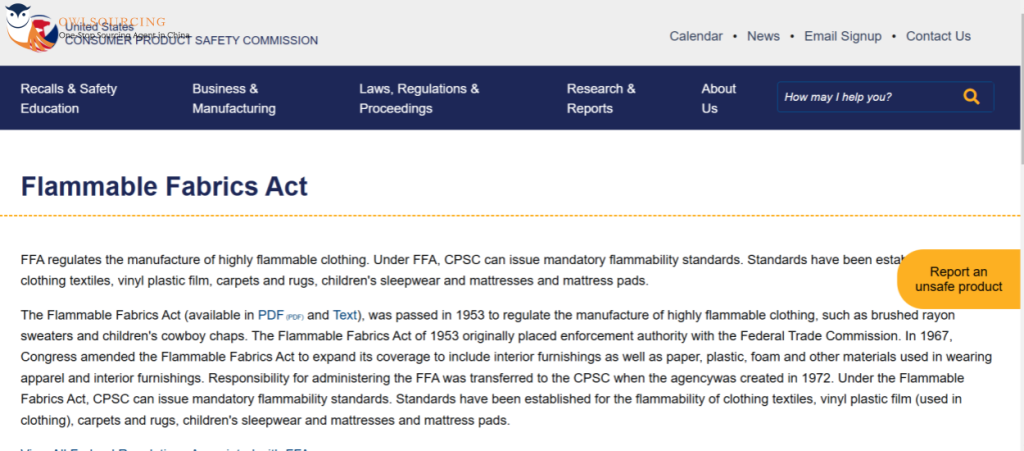
FFA requires children’s sleepwear to meet flammability standards to reduce the risk of fire-related injuries. Fabrics must quickly self-extinguish when exposed to flames.
Specific Categories:
- Sleepwear for kids above 9 months.
- Nightwear that includes pajamas, nightgowns, robes, and other related garments.
Key Requirements:
- Fire retardant fabrics (Such as treated cotton or polyester blends).
- Loose, comfortable sleepwear requires more testing because of the risk of burns.
3. EN 71-3 (Chemical Safety) – EU
Part of the European Union’s EN 71 safety standards, EN 71-3 regulates the migration of toxic substances, such as heavy metals, from materials. It is mainly aimed at toys, but also covers baby clothes with coating or printing.
Specific Categories:
- Baby clothes with printed designs or decorative coatings.
Key Requirements:
- Restrictions on certain metal elements such as cadmium, lead, and mercury in paints and coatings.
- This test ensures that chemical toxins do not leach out when babies bite or suck on clothes.
4. REACH Regulation – EU
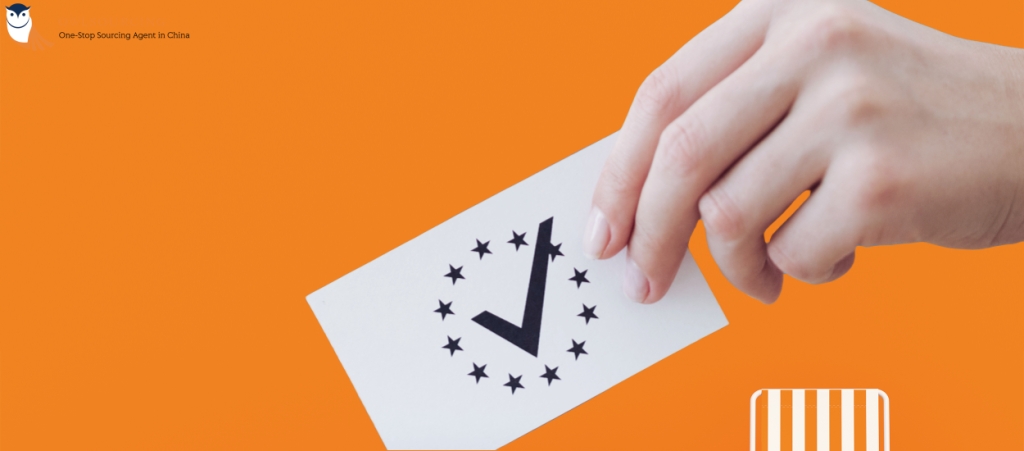
REACH (Registration, Evaluation, Authorisation, and Restriction of Chemicals) regulates the use of harmful chemicals in textiles and ensures they are safe for consumers.
Specific Categories:
- This regulation applies to all baby clothes and textiles in the EU.
Key Requirements:
- Banned substances include azo dyes, formaldehyde, and perfluorinated compounds (PFCs).
- Manufacturers have to be able to prove that they meet the requirements and provide safety information.
5. UKCA (UK Conformity Assessed) – UK
The UKCA mark is the UK’s post-Brexit equivalent of the EU’s CE mark, signifying compliance with UK safety regulations, including chemical and flammability standards.
Specific Categories:
- All baby clothes are sold in the UK.
Key Requirements:
- Must meet chemical safety, flammability, and physical hazard standards equivalent to EU regulations.
- Labeling requirements include age-appropriate sizing and care instructions.
6. AS/NZS 1249 (Flammability Standards) – AU, NZ
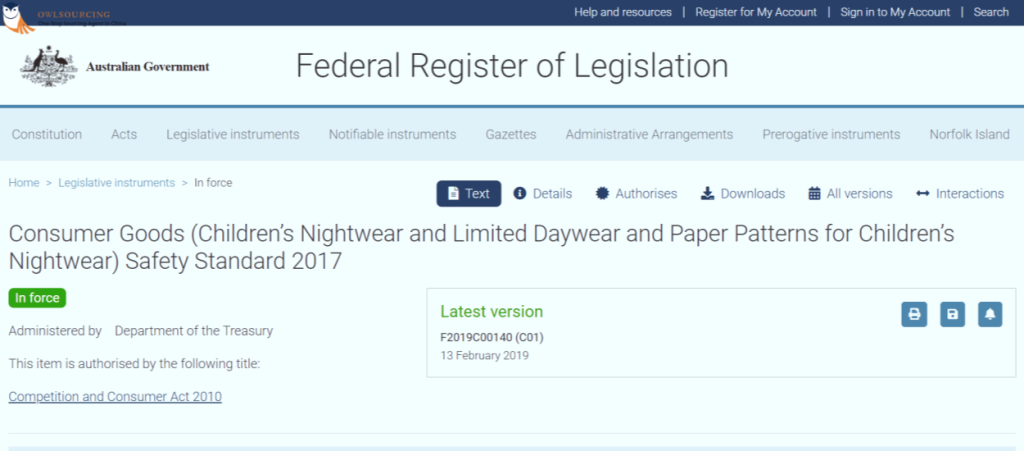
The AS/NZS 1249 standard ensures children’s sleepwear in Australia and New Zealand is safe by regulating fire risk and requiring appropriate labeling for flammability.
Specific Categories:
- Sleepwear for babies and toddlers.
- Loose-fitting clothing like nightgowns and robes.
Key Requirements:
Garments must include labels indicating the fire risk level:
- Low fire danger
- High fire danger (with a warning label)
7. Canada Consumer Product Safety Act (CCPSA) – CA
The CCPSA regulates baby clothing to ensure it is free from hazards such as flammable materials, small parts (choking risks), and unsafe drawstrings.
Specific Categories:
- All baby clothes, including outerwear and sleepwear.
Key Requirements:
- Prohibits the use of drawstrings on baby clothes.
- Requires fabrics to be tested for flammability.
8. Global Organic Textile Standard (GOTS)
GOTS is a global certification that ensures textiles, including baby clothes, are made from organic materials and meet high environmental and social criteria.
Specific Categories:
- Baby clothes are marketed as “organic” or eco-friendly.
Key Requirements:
- It must contain at least 70% organic fibers.
- Prohibits harmful dyes and chemicals.
- Requires sustainable manufacturing processes.
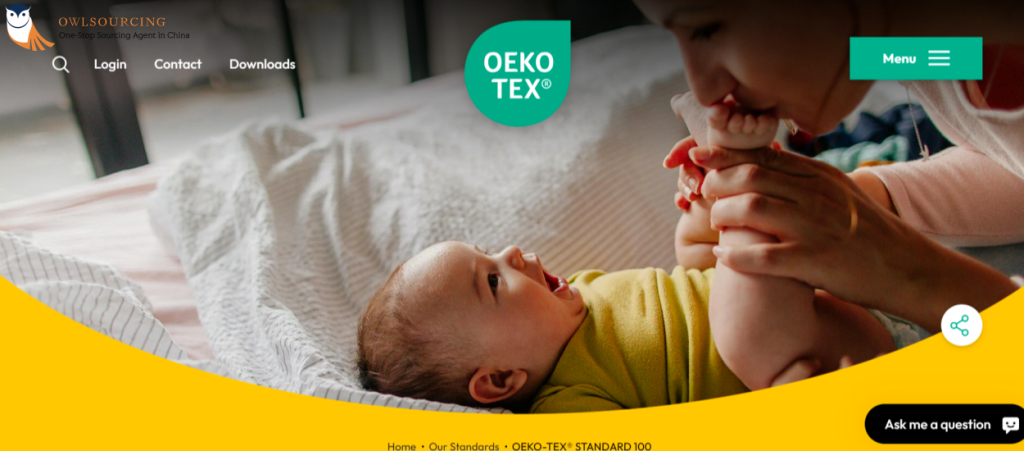
OEKO-TEX® certification ensures textiles are free from harmful substances and safe for direct skin contact.
Specific Categories:
- Baby clothes and textiles.
Key Requirements:
- Tests for over 100 harmful substances, including formaldehyde, heavy metals, and pesticides.
- Certification applies to every stage of production, from raw materials to finished garments.
How to Ensure the Quality of Baby Clothes from China
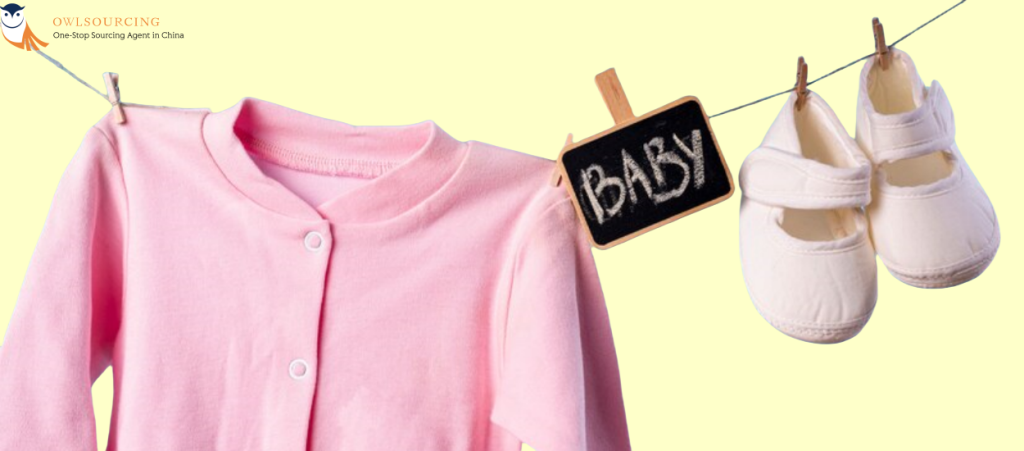
1- Choose Reliable Suppliers
- The most commonly used platforms to find verified suppliers include Alibaba, Made-in-China, and 1688.com
- Check supplier reviews or request business licenses.
- If you’re ready to acquire goods at a lower cost, consider Canton Fair to meet suppliers and have a look at their products.
2- Request Samples
- Evaluate samples for Fabric Quality; Stitching and Durability; and Accessories Safety.
3- Conduct Compliance Testing
- Ensure the supplier meets certifications such as CPSIA (U.S.), EN 71-3, REACH (EU), AS/NZS 1249 (Australia/New Zealand)
4- Monitor Production Quality
- Monitor the production process to avoid defects.
- Check the products after post-production to see if they meet your requirements.
5- Optimize Packaging
- Pack your products using durable materials to protect them on the shelf.
- Make sure labels say what kind of fabric it’s made of, as well as the directions such as washing and age range or size.
Recommended Service: OwlSourcing Customized Packaging
6- OwlSourcing Quality Inspection Service can be used to do this.
OwlSourcing offers complete quality inspection services to make sure your baby’s clothes align with international standards.
- Check products after and during production.
- Comply with safety regulations.
- Have a super detailed inspection report which includes photos and recommendations.
Common Problems When Importing Baby Clothes
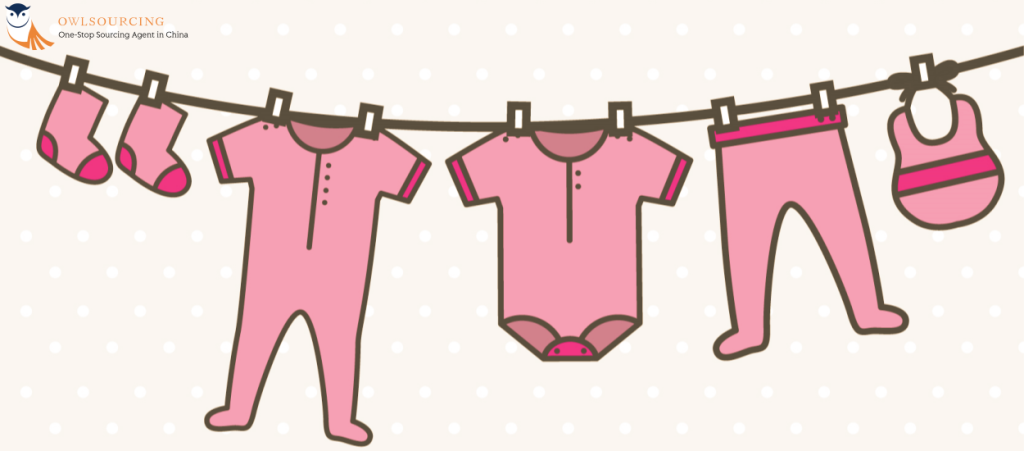
1- Are baby clothes from China safe for babies?
Yes, if manufacturers adhere to international safety standards like CPSIA or REACH to ensure safety.
2- How can I ensure the quality of baby clothes from China?
Request samples, verify certifications, and use third-party quality inspection services like OwlSourcing.
3- Do baby clothes from China meet international standards?
Yes, reputable manufacturers can comply with regulations such as CPSIA, EN 71-3, and OEKO-TEX® certification.
4- What materials are commonly used for baby clothes in China?
Common materials include cotton, organic cotton, bamboo blends, and polyester.
5- Are Chinese baby clothes affordable?
Yes, Chinese baby clothes are cost-effective due to efficient manufacturing and competitive labor costs.
6- Can I customize baby clothes from China?
Yes, OwlSourcing offers customization, including logos, colors, and designs.
7- How do I avoid low-quality suppliers in China?
Research suppliers, check reviews, and partner with verified manufacturers or platforms like Alibaba and 1688.com.
8- Are eco-friendly baby clothes available in China?
Yes, several manufacturers produce sustainable baby clothes using organic and eco-friendly materials.
9- How do I check compliance with safety standards?
Request certifications like CPSIA, REACH, or GOTS, and test samples through third-party labs.
10- What should I watch out for when sourcing baby clothes from China?
Ensure the supplier’s legitimacy, check for choking hazards, and confirm fabric quality and labeling accuracy.
Read More:
Final Thoughts
Importing baby clothing from China is indeed a very profitable business activity that can be tailored to the growing market demands. However, it requires careful planning, serious learning, and reliable sourcing.
Importing baby clothing does not have to be a problem. Especially if you have the right knowledge and the support of an experienced sourcing agent like OwlSourcing, you can streamline the process and maximize your gains.
We are ready to provide you with customized global sourcing services to meet the needs of your growing company.
Contact us today to get started on your success.

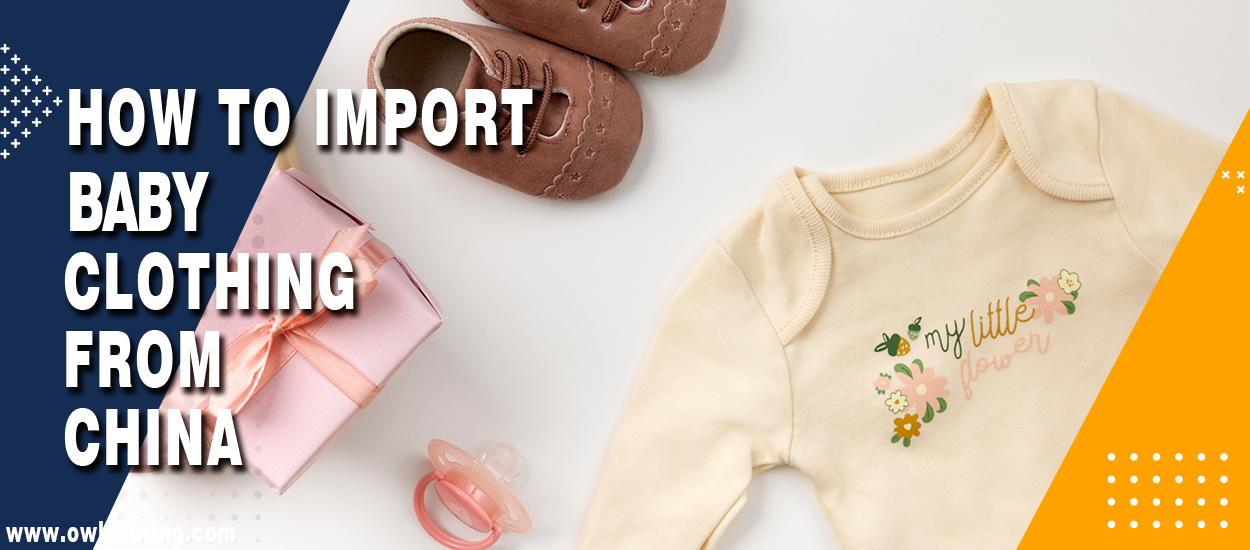

6 thoughts on “How to Import Baby Clothes from China Wholesale Market”
I heard that FashionTIY is a reliable site in the field of children’s clothes? is it so?
Thank you for your comment! FashionTIY is known to be a reliable site for sourcing children’s clothes. If you have specific questions or need further details, feel free to contact us anytime. We’re here to help!
Your article on the intricacies of sourcing baby clothing from China was truly enlightening! As I embark on this venture, I’m curious about your recommendations for reliable suppliers in this niche. I have a specific design vision for the baby clothing line and am in search of adept ODM & OEM partners who can bring this concept to life. Furthermore, any insights on quality control measures and adherence to safety standards in the baby clothing industry would be immensely helpful.
I appreciate your expertise and look forward to your valuable guidance!
Thank you for your kind words, Tutinia! For sourcing baby clothing from China, it’s essential to choose suppliers experienced in both ODM & OEM to meet your design vision. Platforms like Alibaba and Global Sources are good starting points to find reputable manufacturers. Ensure these suppliers comply with safety standards like OEKO-TEX or CPSIA, which are crucial for baby clothing. Implementing a strict quality control process, including pre-shipment inspections and regular audits, is also vital to maintain product quality and safety. Good luck with your clothing line!
Very informative and helpful for anyone looking to import baby clothing from China. The step-by-step guide makes the process seem much more manageable. Thank you Andy for sharing this valuable information!
Thank you for your kind words, Hany! I’m thrilled to hear the guide on importing baby clothing from China has been useful to you. If you have any specific questions or need further details on any step, feel free to reach out. Stay tuned for more helpful content!